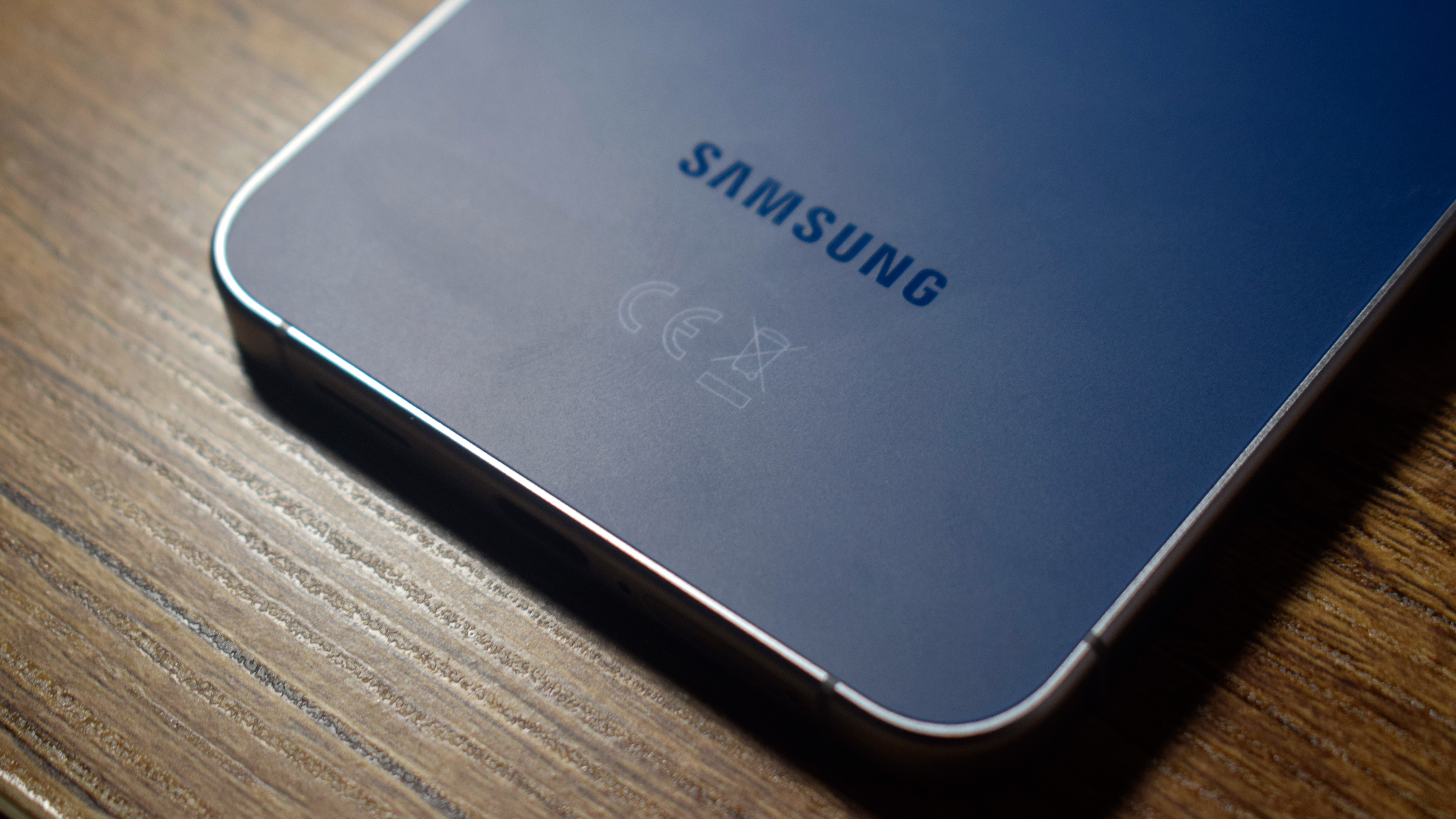First look: T-Mobile G1
T-Mobile is the first mobile player to bring Android to the masses, but will it be enough to tempt business users?
The hardware itself is not revolutionary but add the handset and Google's Android together and you have a powerful combination. While we rate Android highly, we're unconvinced that it will make much of a dent in the business space until it evolves slightly and other handset makers (such as LG and Samsung) join the party.

The mobile world has a history of badly-kept secrets and Google's Android mobile platform is no exception.
The industry's history is also littered with cases of companies that haven't quite got it right the first time.
Take the Apple iPhone's first generation, for example. It didn't have support for 3G or Exchange so, while it had consumers falling head over heels in love, businesses and particularly their IT departments weren't so enamoured. The second-generation device, however, offers a much more compelling proposition for business users.
After our brief hands-on with T-Mobile's G1 handset the first Android-based device to hit the UK we're inclined to think that it will, at least initially, have the same level of business appeal as the iPhone mark one. With a lack of support for Exchange and Bluetooth only present in the form of handset and headset support as opposed to that plus file transfer, the first iteration of Android has some serious business critical omissions.
That said, much like Apple's much-touted Apps Store, Google has created the Android Market, allowing the development community to plug any gaps by developing Android-centric applications. During our hands-on session with the G1, Richard Warmsley, T-Mobile UK's head of internet and entertainment, told us that the company was being cautious not to dictate what users would want on the device. That would open up the stage for developers, and enable them to build the apps they want, when they want them. We can kind of see where they're coming from, but Exchange support would still have been nice and useful from the off.
Push email (Gmail and most other POP3 and IMAP mail services) is supported by the G1, however, so business users looking to gain access to their non-work emails on the go will benefit. It's always on behind the scenes and messages - both email and text - appear in the top-left of the screen as and when they're received. It's simply a case of using a finger to drag the complete message into view.
Threaded SMS is also a nice tool for business users, who are increasingly turning to this non-verbal communication to relay titbits of information to colleagues.
Sign up today and you will receive a free copy of our Future Focus 2025 report - the leading guidance on AI, cybersecurity and other IT challenges as per 700+ senior executives
Android's UI is slick and easy to use, with the G1's customisable home screen mirroring the sorts of icons and usual Google suspects (Google Mail, Google Talk et al) you'd find on a standard desktop.
Those looking to edit Office-based documents are in for a disappointment, however, as the G1 comes with a reader but no editing functionality. It's likely developers will respond to this omission by creating such an application for the Android Market.
T-Mobile and Google claim their shared vision for making the mobile web experience even better was what brought them together. But have they succeeded? In short, yes, the G1 boasts HSDPA connectivity (up to 7.2Mbps), plus Wi-Fi support so users can surf the web quickly and easily. A scaled down version of a web browser not at all dissimilar to Google's Chrome is also present, allowing users to open, manage, navigate and zoom in and out on web pages at the mere touch of a finger.
GPS and a Digital Compass are both present, the latter of which could come in handy for those who have a habit of getting lost en route to business meetings. Another widget that could prove useful for business people particularly if it's their job to buy things for the company is one focused on price comparison. It's a case of taking a picture of a barcode and the application does the rest, searching for other locations where you can buy the same item at a lower cost.
Maggie has been a journalist since 1999, starting her career as an editorial assistant on then-weekly magazine Computing, before working her way up to senior reporter level. In 2006, just weeks before ITPro was launched, Maggie joined Dennis Publishing as a reporter. Having worked her way up to editor of ITPro, she was appointed group editor of CloudPro and ITPro in April 2012. She became the editorial director and took responsibility for ChannelPro, in 2016.
Her areas of particular interest, aside from cloud, include management and C-level issues, the business value of technology, green and environmental issues and careers to name but a few.
-
 Cybersecurity experts face 20 years in prison following ransomware campaign
Cybersecurity experts face 20 years in prison following ransomware campaignTwo men used their tech expertise to carry out ALPHV BlackCat ransomware attacks
By Emma Woollacott Published
-
 UK firms aim for growth through AI investment but lack of talent is a concern
UK firms aim for growth through AI investment but lack of talent is a concernTech training and upskilling will be a major focus in 2026
By Emma Woollacott Published
-
 Samsung unveils plan for AI transformation across all devices
Samsung unveils plan for AI transformation across all devicesBoth the DS and DX divisions of the business are profiting from the AI boom
By Jane McCallion Published
